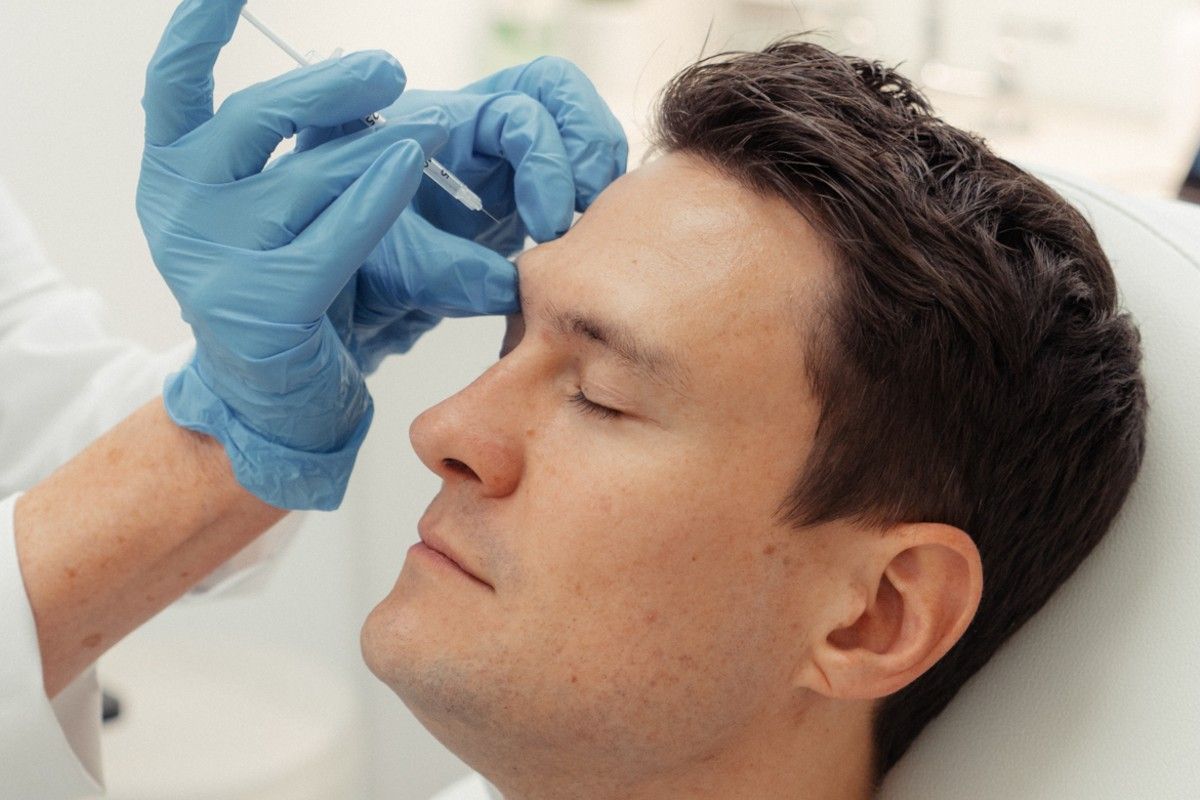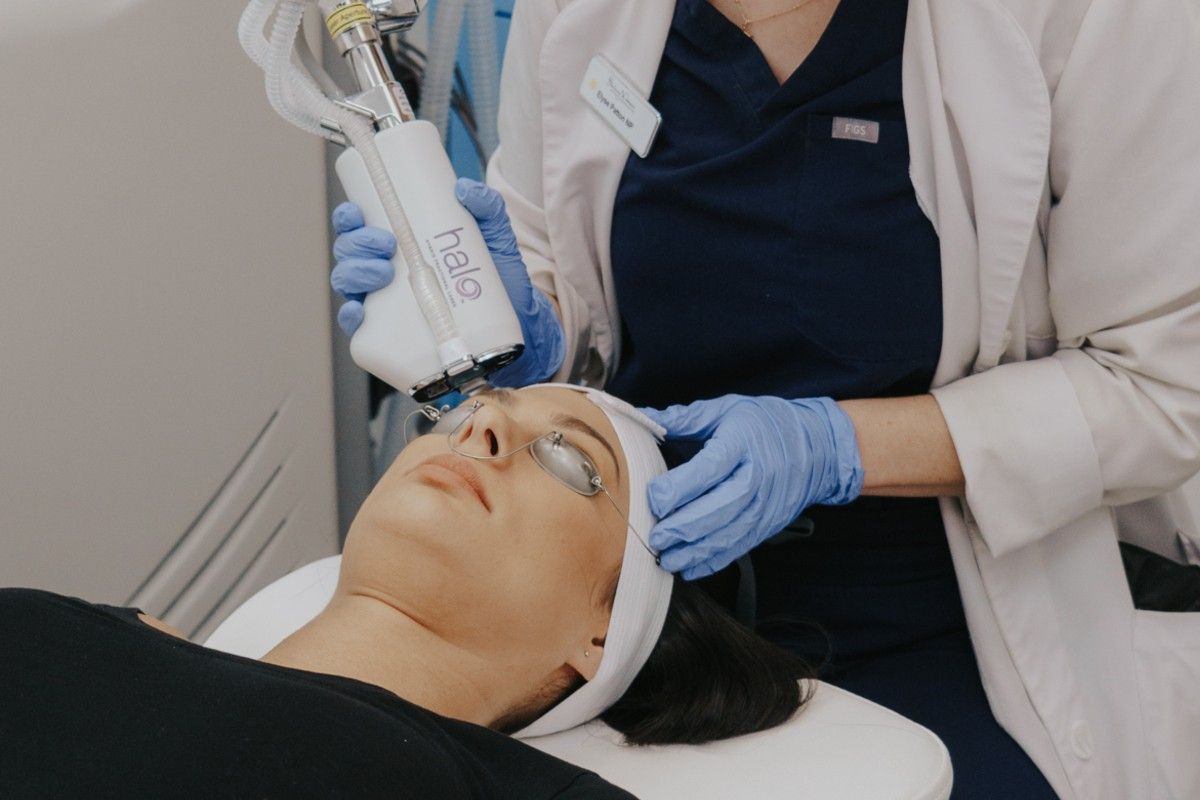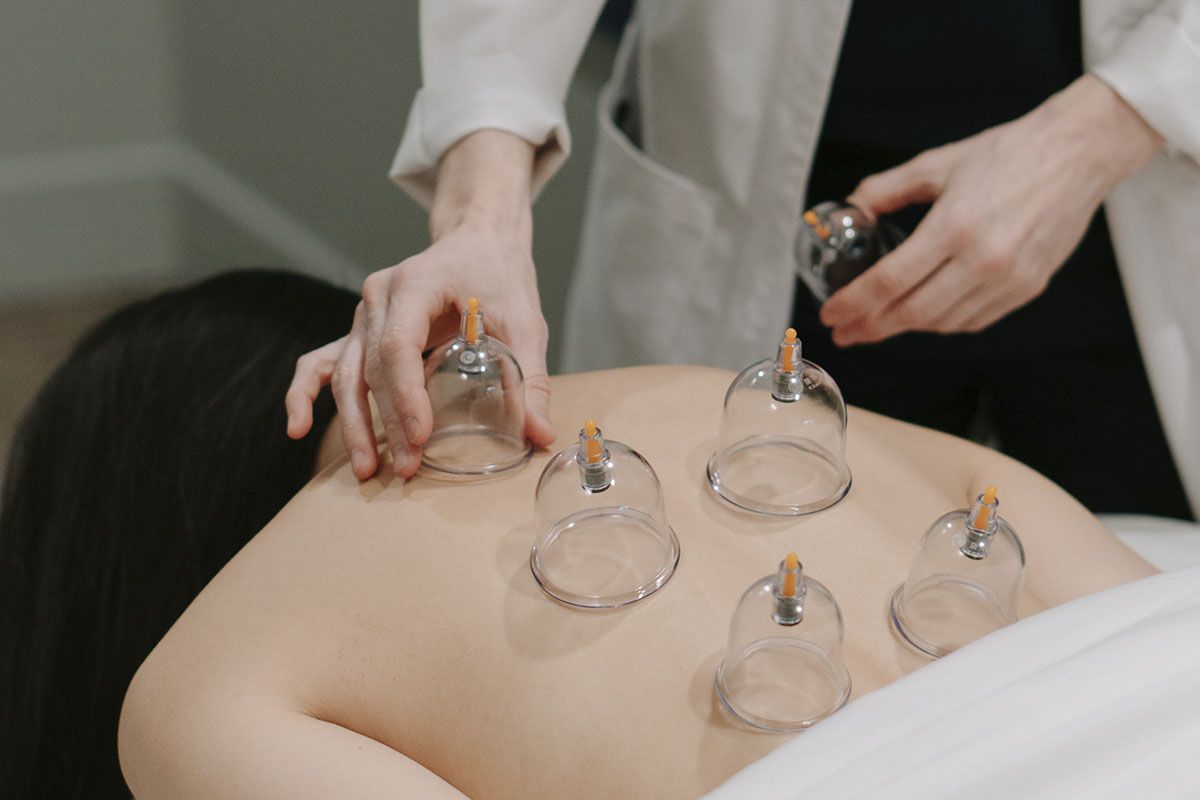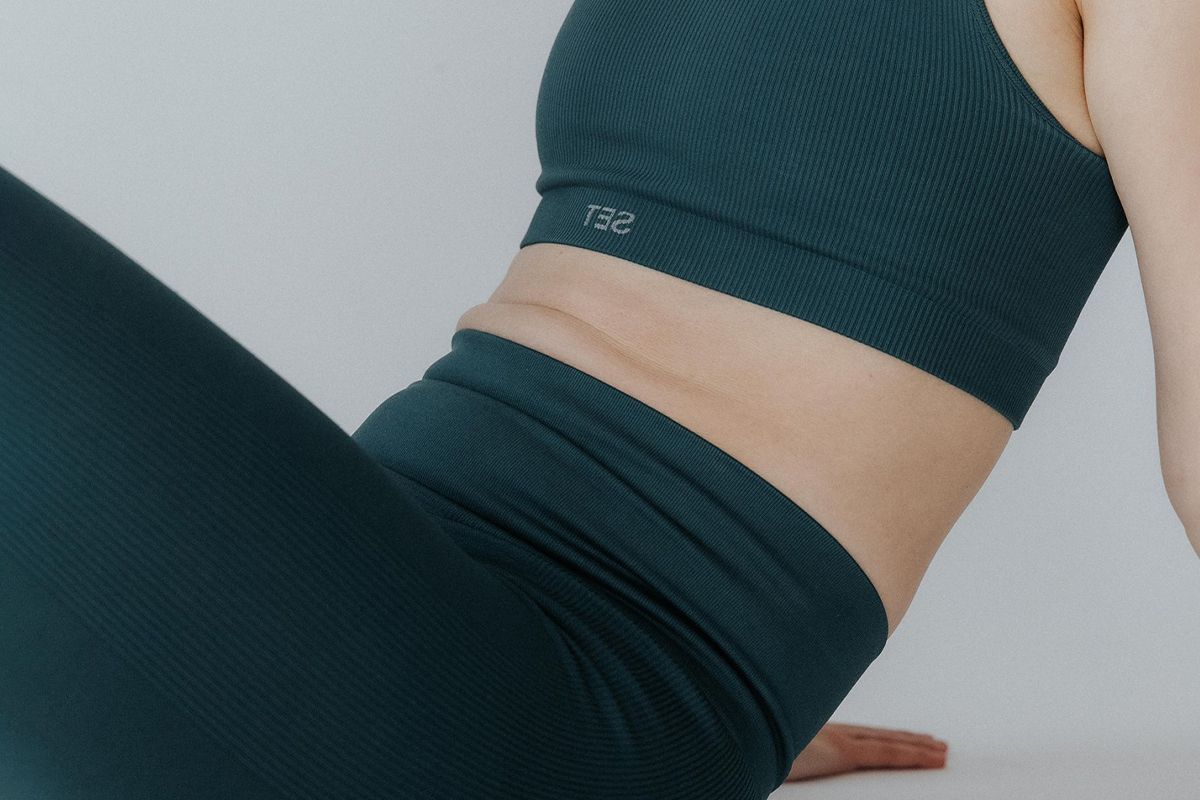Enhance Your Appearance and Breathing with Nose Reshaping Surgery
Nose reshaping surgery is highly individualized and varied, and the type of change or correction desired will determine the surgical technique used. Nose surgery can smooth bumps, increase or decrease nose size, correct specific problems with breathing, or improve the appearance of the bridge, tip, nostrils, or nose angle.

Benefits of Rhinoplasty
Rhinoplasty can provide a variety of benefits to patients. Some of the most common benefits include:
- Improved breathing: Rhinoplasty can correct structural issues within the nose that may be causing breathing problems
- Enhanced appearance: Rhinoplasty can improve the size, shape, and symmetry of the nose, creating a more balanced and aesthetically pleasing facial profile
- Increased confidence: Many patients feel more confident and self-assured after rhinoplasty surgery
Book a Free Consultation
During your free consultation with Dr. Rieger, he will discuss your concerns and desires in detail, as well as explain the different surgical techniques that may be used to achieve your desired outcome. This will allow you to make an informed decision about whether rhinoplasty surgery is right for you.
Meet with Dr. Rieger to explore rhinoplasty surgery, and see if this procedure could help you. The consultation is free.
Testimonial
WE FEEL THE LOVE
“The level of professionalism and access to your staff was first class from beginning to end. Their care, compassion, and attention to my comfort during the procedure certainly gave me peace of mind . . .”
– S.P.
Healing Waters Patient
Frequently Asked Questions
Frequently Asked Questions
Indulge in Relaxation and Rejuvenation at Healing Waters in Wichita, KS
Healing Waters is proud to offer extensive Spa Therapies, Medical Aesthetics, Wellness, Cosmetic Plastic Surgery, and more to clients in Wichita, KS, and its communities. Our commitment to exceptional service and individualized care has established us as the go-to destination for those seeking to elevate their health, well-being, and appearance.
Indulge in Relaxation and Rejuvenation at Healing Waters in Wichita, KS
Healing Waters is proud to offer extensive Spa Therapies, Medical Aesthetics, Wellness, Cosmetic Plastic Surgery, and more to clients in Wichita, KS, and its communities. Our commitment to exceptional service and individualized care has established us as the go-to destination for those seeking to elevate their health, well-being, and appearance.
Other Services You Might Like
Other Services You Might Like
Sign up to get $50 off on Botox®.
* Minimum 25 Units, First Time Clients Only.
































